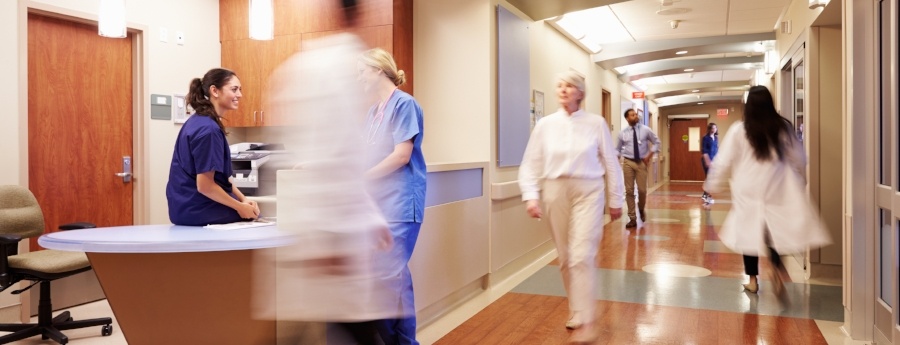5 Tips for Clinical Trial Site Selection

Clinical trial site selection is an important step that can help prevent delays and other challenges once your trial is up and running. It also tends to be a rather burdensome step: Today, it takes an average of 31.4 weeks from site identification to the completion of the study start-up phase, which is one month longer than the average duration observed 10 years ago, according to a report from the Tufts Center for the Study of Drug Development (CSDD).
The trouble doesn't end once sites are identified, either. Many don't meet their enrollment goals, and one in 10 sites never enroll a single patient.
By thinking about patient recruitment first, you can help ensure that each site is in a position to enroll patients and meet its goals. Considering site experience, technological capabilities, and startup cycle times can also all help.
If you're using a site selection questionnaire to help make your decision, we recommend including the following points in your decision-making:
Think about your patient recruitment strategy before site selection. Sometimes, sponsors will wait to consider patient recruitment until all of the sites have already been identified. But choosing site locations that aren't convenient for patients or are too oversaturated with other trial options may contribute to delays in recruitment. Ask sites you're considering working with about their patient recruitment methods and metrics, too. Sites that maintain a patient database or work with patient recruitment companies may have a better chance at meeting recruitment timelines. Some recruitment companies can also help you with site selection based on data they have about patient populations and past trials.
Identify sites with experience running trials in your condition area. This criteria is particularly important for conditions in which studies usually have more complex protocols, such as Alzheimer's trials or oncology trials. If the site is already treating patients living with the condition, or has experience reaching out to those patients, it can reduce your patient recruitment efforts, too.
Find sites that use up-to-date technology. A site that uses the latest electronic data capture (EDC) and other technologies is more likely to be committed to innovation and change in all areas of running a trial. Modern technology can also help a site enroll and randomize patients faster, as well as collect more accurate data. According to the Tufts Center (CSDD) report from this year, EDC compatibility issues, integration challenges, and technical demands are a problem for 77% of sponsors and contract research organizations (CROs).
It's also important to note whether the site has the infrastructure you need to run your trial. Is the site equipped with the imaging devices, mobile devices, and other materials your trial requires?
Ask about the experience of the site's staff. When you visit or interview potential sites, ask about the experience of the staff and what kind of trials they've worked on in the past. An experienced site staff can also help ensure that your trial runs smoothly and on time.
Understand site startup cycle times. Look for cycle time rates in a few different categories: time from draft budget received from sponsor to finalized budget; time from IRB submission to materials finalized; and time from contract fully executed to open for enrollment. Each of these cycle times can ultimately delay your trial, so it's important to find sites with strong numbers in each, or a plan to improve numbers.
If you need more help, get in touch with Antidote. We'll help you identify areas where patients in your condition area are actively searching for clinical trials.
Topics: For Sponsors
